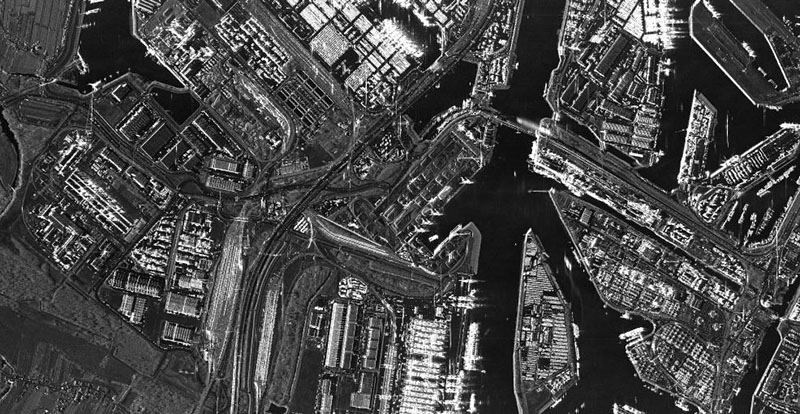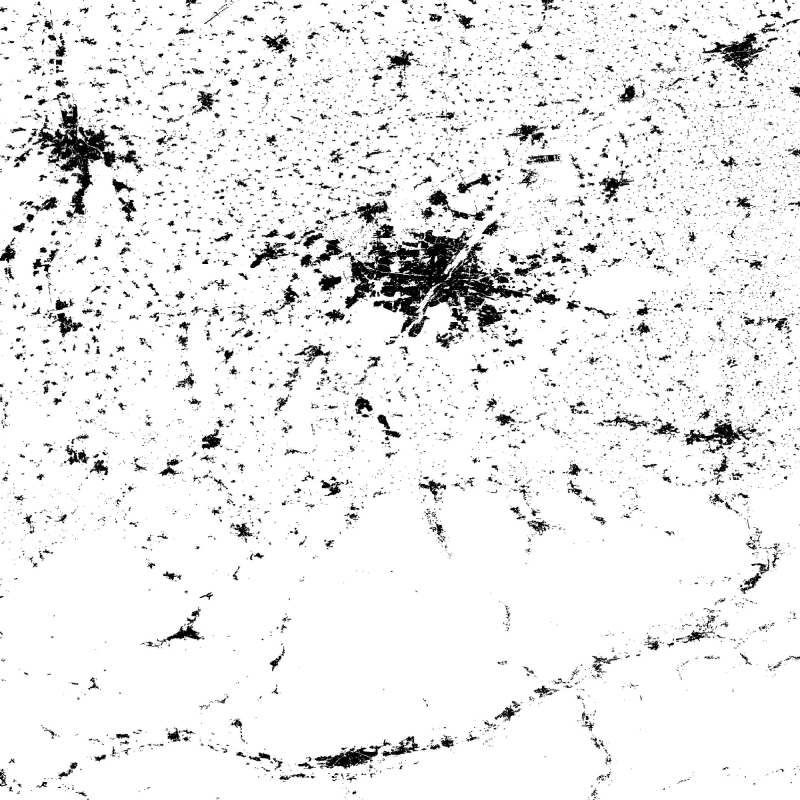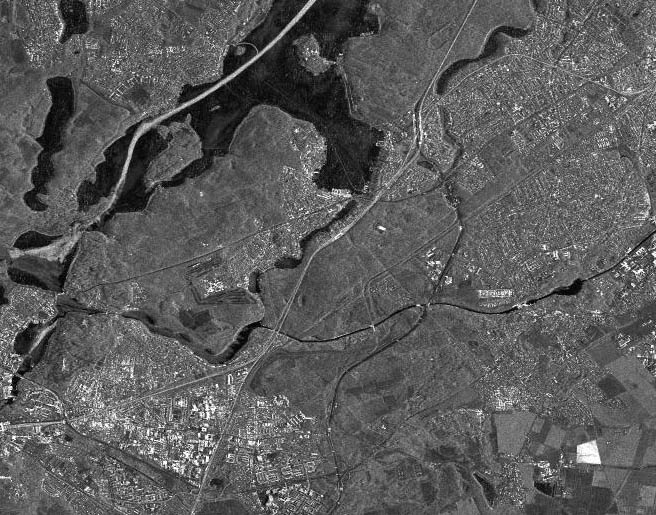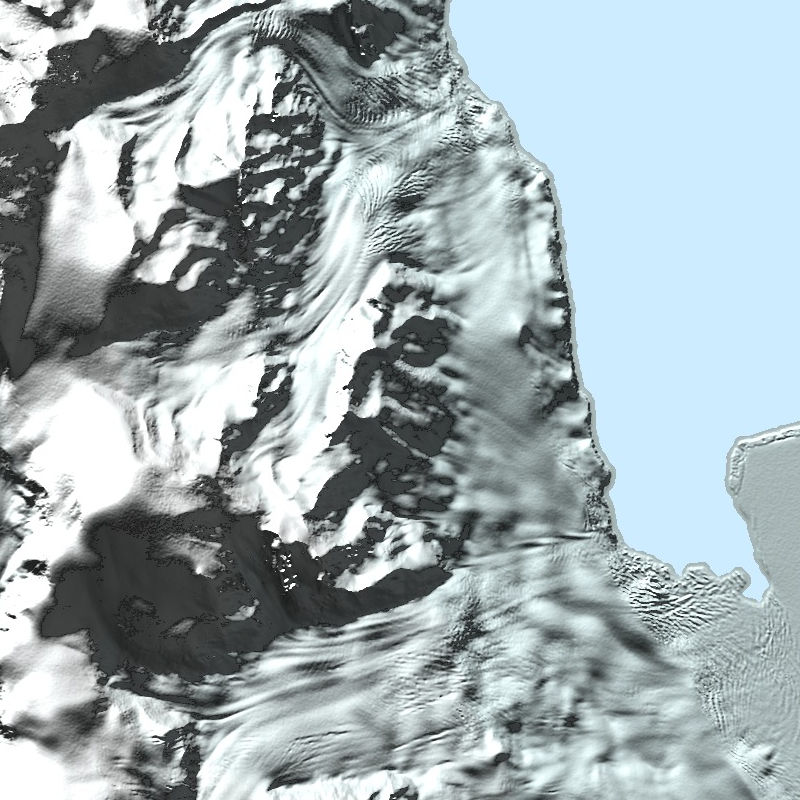Keyword
X-Band
10 record(s)
Provided by
Type of resources
Available actions
Topics
Keywords
Contact for the resource
Update frequencies
-

This collection contains radar image products of the German national TerraSAR-X mission acquired in Staring Spotlight mode. Staring Spotlight imaging allows for a spatial resolution of up to 25 cm. The scene size varies depending on the incidence angle. As an example, 4 km (across swath) x 3.7 km (in orbit direction) can be achieved at 60°. TerraSAR-X is a sun-synchronous polar-orbiting, all-weather, day-and-night X-band radar earth observation mission realized in the frame of a public-private partnership between the German Aerospace Center (DLR) and Airbus Defence and Space. For more information concerning the TerraSAR-X mission, the reader is referred to: https://www.dlr.de/content/de/missionen/terrasar-x.html
-

The Global Urban Footprint® (GUF®) dataset is based on the radar (SAR) satellite imagery of the German satellites TerraSAR-X and TanDEM-X. By creating the GUF database, scientists at the German Remote Sensing Data Center (DFD) of the German Aerospace Center (DLR) have succeeded in using a newly developed method to generate a global raster map of the world’s built-up pattern in a so far unprecedented spatial resolution of about 12m per raster cell. Using a fully automated processing system, a global coverage of more than 180,000 very high resolution SAR images (3m ground resolution) has been analyzed acquired between 2010 and 2013. Thereby, the backscatter amplitudes of the SAR data have been used in combination with derived textural information to delineate human settlements in a highly automated, complex decision-making process. The evaluation procedure based mainly on radar signals detects the characteristic vertical structures of human habitations – primarily built-up areas. In addition, auxiliary data such as digital elevation models have been included to improve the classification process. In total, over 20 million datasets were processed with a combined volume of about 320 terabytes. The final global maps show three coverage categories (e. g. in a B/W representation): Built-up areas (vertical structures only) in black, non-built-up surfaces in white, areas of no coverage by TSX/TDX satellites (NoData) as most parts of the oceans in grey. The final product has been optimized for fast online access through web services by merging the 5 x 5 degree GUF tiles into a single global mosaic. Furthermore reduced resolution overviews have been generated with an interpolation algorithm, that computes the average value of all contribution pixels. The global mosaic uses PackBits compression to reduce file size. (GUF® and Global Urban Footprint® are protected as trademarks.)
-

This collection contains radar image products of the German national TerraSAR-X mission acquired in High Resolution Spotlight mode. High Resolution Spotlight imaging allows for a spatial resolution of up to 1 m at a scene size of 10 km (across swath) x 5 km (in orbit direction). TerraSAR-X is a sun-synchronous polar-orbiting, all-weather, day-and-night X-band radar earth observation mission realized in the frame of a public-private partnership between the German Aerospace Center (DLR) and Airbus Defence and Space. For more information concerning the TerraSAR-X mission, the reader is referred to: https://www.dlr.de/content/de/missionen/terrasar-x.html
-

TanDEM-X (TerraSAR-X add-on for Digital Elevation Measurements) is an Earth observation radar mission that consists of a SAR interferometer built by two almost identical satellites flying in close formation. With a typical separation between the satellites of 120m to 500m a global Digital Elevation Model (DEM) has been generated. The main objective of the TanDEM-X mission is to create a precise 3D map of the Earth's land surfaces that is homogeneous in quality and unprecedented in accuracy. The data acquisition was completed in 2015 and production of the global DEM was completed in September 2016. The absolute height error is with about 1m an order of magnitude below the 10m requirement. The TanDEM-X 30m DEM is a product variant of the global Digital Elevation Model (DEM) acquired in the frame of the German TanDEM-X mission between 2010 and 2015, and has a reduced pixel spacing of 1 arcsecond (30m at the equator). It covers all Earth’s landmasses from pole to pole. For more information concerning the TanDEM-X mission, the reader is referred to: https://www.dlr.de/dlr/en/desktopdefault.aspx/tabid-10378/
-

This collection contains radar image products of the German national TerraSAR-X mission acquired in ScanSAR mode. ScanSAR imaging allows for a spatial resolution of up to 18.5 m at a scene size of 100 km (across swath) x 150-1650 km (in orbit direction) in regular ScanSAR mode (4 beams) and up to 270 km (across swath) x 200-1500 km (in orbit direction) in Wide ScanSAR mode (6 beams). TerraSAR-X is a sun-synchronous polar-orbiting, all-weather, day-and-night X-band radar earth observation mission realized in the frame of a public-private partnership between the German Aerospace Center (DLR) and Airbus Defence and Space. For more information concerning the TerraSAR-X mission, the reader is referred to: https://www.dlr.de/content/de/missionen/terrasar-x.html
-

This collection contains radar image products of the German national TerraSAR-X mission acquired in Spotlight mode. Spotlight imaging allows for a spatial resolution of up to 2 m at a scene size of 10 km (across swath) x 10 km (in orbit direction). TerraSAR-X is a sun-synchronous polar-orbiting, all-weather, day-and-night X-band radar earth observation mission realized in the frame of a public-private partnership between the German Aerospace Center (DLR) and Airbus Defence and Space. For more information concerning the TerraSAR-X mission, the reader is referred to: https://www.dlr.de/content/de/missionen/terrasar-x.html
-

This collection contains radar image products of the German national TerraSAR-X mission acquired in StripMap mode. StripMap imaging allows for a spatial resolution of up to 3 m at a scene size of 30 km (across swath) x 50-1650 km (in orbit direction). TerraSAR-X is a sun-synchronous polar-orbiting, all-weather, day-and-night X-band radar earth observation mission realized in the frame of a public-private partnership between the German Aerospace Center (DLR) and Airbus Defence and Space. For more information concerning the TerraSAR-X mission, the reader is referred to: https://www.dlr.de/content/de/missionen/terrasar-x.html
-

TanDEM-X (TerraSAR-X add-on for Digital Elevation Measurements) is an Earth observation radar mission that consists of a SAR interferometer built by two almost identical satellites flying in close formation. With a typical separation between the satellites of 120m to 500m a global Digital Elevation Model (DEM) has been generated. The main objective of the TanDEM-X mission is to create a precise 3D map of the Earth's land surfaces that is homogeneous in quality and unprecedented in accuracy. The data acquisition was completed in 2015 and production of the global DEM was completed in September 2016. The absolute height error is with about 1m an order of magnitude below the 10m requirement. The TanDEM-X 12m DEM is the nominal product variant of the global Digital Elevation Model (DEM) acquired in the frame of the German TanDEM-X mission between 2010 and 2015 with a spatial resolution of 0.4 arcseconds (12m at the equator). It covers all Earth’s landmasses from pole to pole. For more information concerning the TanDEM-X mission, the reader is referred to: https://www.dlr.de/dlr/en/desktopdefault.aspx/tabid-10378/
-

The TanDEM-X PolarDEM is a project developed by the German Remote Sensing Data Center (DFD) at the German Aerospace Center (DLR) within the activities of the TanDEM-X mission. It is a framework for the provision of derivatives of the global Digital Elevation Model (DEM) of the TanDEM-X mission for Polar Regions. The TanDEM-X PolarDEM 90m of Antarctica is a gap-free and edited version of the TanDEM-X 90m digital elevation model (DEM). The TanDEM-X PolarDEM 90m of Antarctica is provided in Antarctic Polar Stereographic projection (EPSG:3031) with a pixel spacing of 90 meters. The DEM elevation values represent ellipsoidal heights relative to the WGS84 ellipsoid. The majority of the data were acquired between April 2013 and October 2014. The TanDEM-X PolarDEM 90m of Antarctica is split into four tiles. For more information concerning the TanDEM-X PolarDEM, the reader is referred to: https://www.dlr.de/eoc/en/desktopdefault.aspx/tabid-11882/20871_read-66374/
-

TanDEM-X (TerraSAR-X add-on for Digital Elevation Measurements) is an Earth observation radar mission that consists of a SAR interferometer built by two almost identical satellites flying in close formation. With a typical separation between the satellites of 120m to 500m a global Digital Elevation Model (DEM) has been generated. The main objective of the TanDEM-X mission is to create a precise 3D map of the Earth's land surfaces that is homogeneous in quality and unprecedented in accuracy. The data acquisition was completed in 2015 and production of the global DEM was completed in September 2016. The absolute height error is with about 1m an order of magnitude below the 10m requirement. The TanDEM-X 90m DEM is a product variant of the global Digital Elevation Model (DEM) acquired in the frame of the German TanDEM-X mission between 2010 and 2015, and has a reduced pixel spacing of 3 arcseconds (90m at the equator). It covers all Earth’s landmasses from pole to pole. For more information concerning the TanDEM-X 90m DEM, the reader is referred to: https://tandemx-90m.dlr.de/ For more information concerning the TanDEM-X mission, the reader is referred to: https://www.dlr.de/dlr/en/desktopdefault.aspx/tabid-10378/
 www.geodatenkatalog.de (S3L)
www.geodatenkatalog.de (S3L)